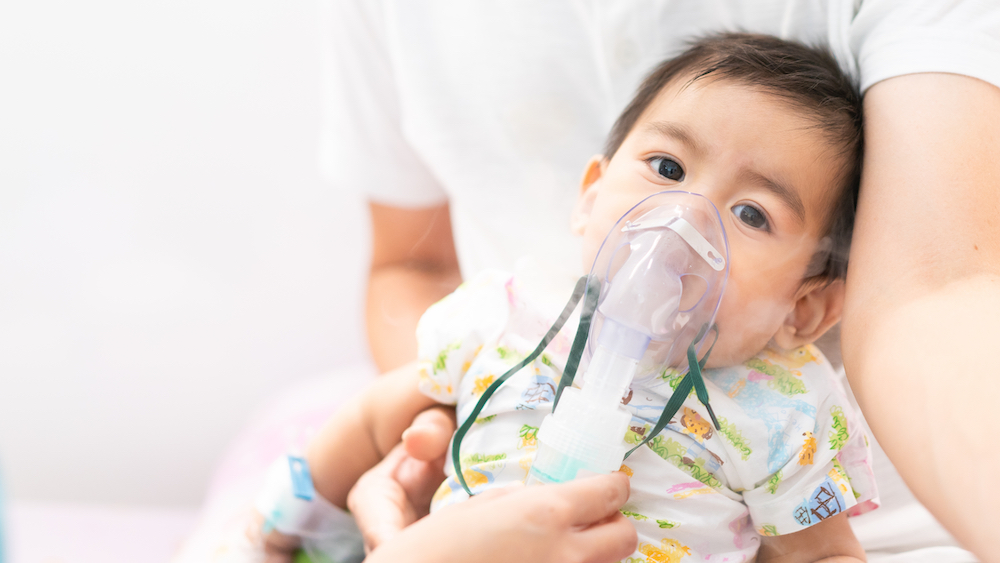It’s the holiday season and a time of family gatherings and holiday food and treats, (like Christmas cookies with sprinkles and candy canes)! However, many families feel concerned about how much their children are eating, especially sugary snacks, during the holidays. While it’s perfectly ok to indulge in treats, it’s important to be mindful of how much your children are balancing those foods with nutritious meals. Here are some ideas for staying on track with your child’s nutrition.
Be mindful of your kids’ portion sizes. Eating dessert during gatherings and festivities is common and there’s nothing wrong with that. But do consider how many candies or treats your children are eating. One way to help ensure that they’re not eating too much is to prepare healthy meals with whole foods, lean protein, complex carbs, good fats, and vegetables. That way, your child will snack on lesser sweets as these meals would fill them up adequately. Always encourage your children to finish their dinner before dessert to motivate them to eat healthy food with the nutrition they need.
You can also combine or include fruit in dessert as fruit is typically lower in calories and will encourage your kids to eat a smaller portion of foods that have added sugar. Fruit is also packed with fiber, making it a more satiating choice for a snack.
There are also a variety of delicious options for holiday foods that are nutritious or ways to prepare traditional holiday dishes using healthier methods.
If you’re baking at home, you can use almond flour instead of white flour. Almond flour is a healthier choice than refined flours as it is more nutrient-dense and has less carbohydrates. It is also gluten free, which makes it a great alternative for those who are gluten intolerant or have celiac disease. And since almond flour tends to be naturally sweeter than most other flours, you can add less sugar to your baked goods. Another healthier dessert option is chia seed pudding. Chia seeds have protein, Omega 3 fatty acids, and antioxidants – all of which are beneficial to your child’s health.
For a lot of holiday favorites like pasta and bread, you can cook whole wheat or grain pasta or buy whole wheat and multi-grain bread. Whole grains are higher in protein, fiber, and nutrients and are digested more slowly, making it a better choice than refined carbs.
To make vegetables more appealing for children, feel free to have fun preparing them and decorating your children’s plate in the holiday spirit. You may want to cut up food items in shapes like Christmas trees, snowmans, or Santa Claus. You can also make vegetable snacks more appetizing by combining them with hummus or guacamole.
There are numerous holiday healthy recipes that can be found online. We recommend checking out Super Kids Nutrition, Eating Well, and Health.com as places to start. Happy Holidays!


